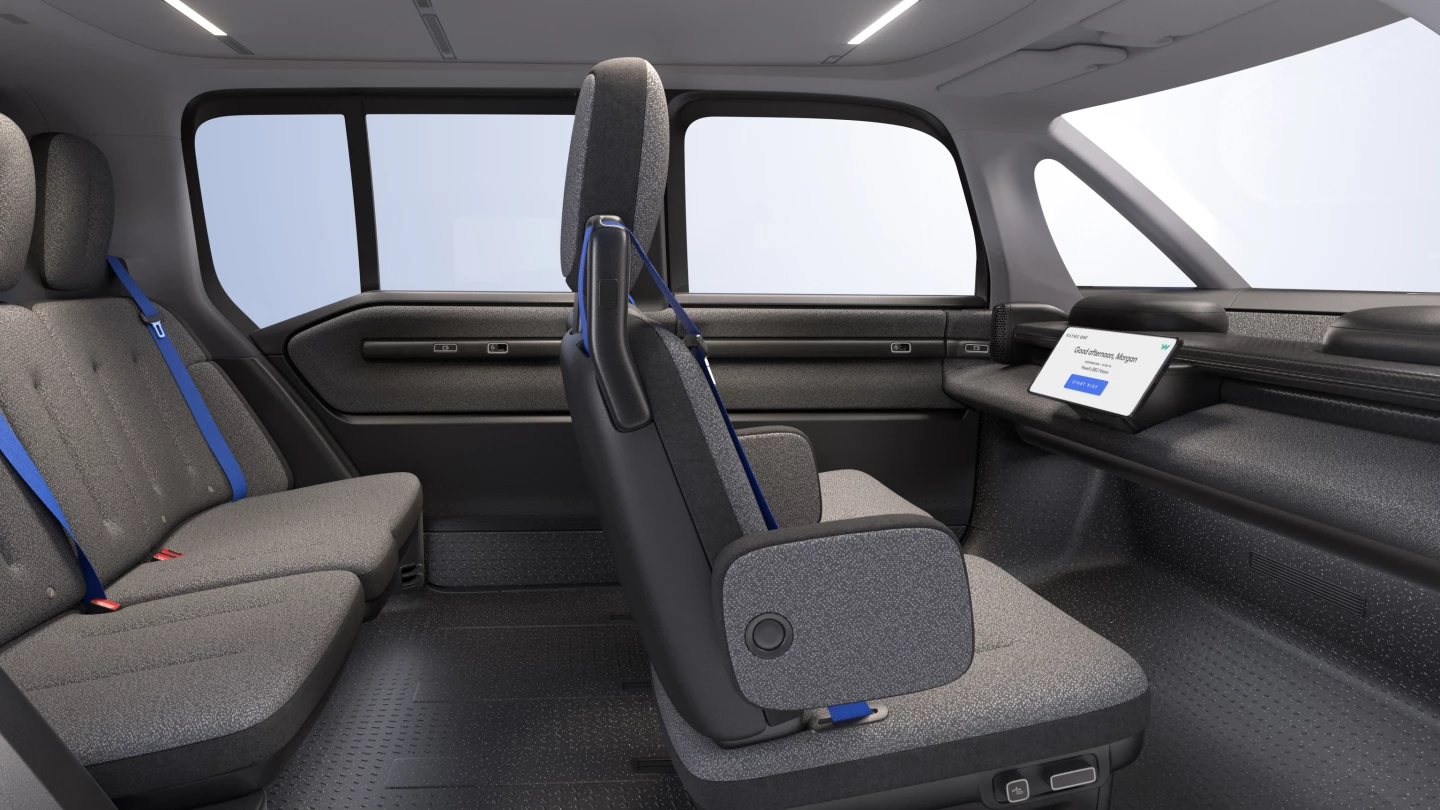Alphabet subsidiary Waymo opened up its fully driverless taxi service to the public in Phoenix, Arizona, in October last year, making it the first commercial service in the world to operate without safety backup drivers at the wheel. Now the company has unveiled a vehicle designed from the ground up with autonomous ride-hailing in mind that does away with the steering wheel altogether.
The all-electric vehicle features a B-pillarless minivan design that allows for a completely flat floor with a low step-in height, making it easier for passengers to get in and out via the wide opening provided by the pair of sliding doors on each side. The vehicle also boasts plenty of head and legroom – aided in the front row by the lack of a steering wheel or pedals – and adjustable reclining seats, screens and chargers will let passengers kick back on their journey without feeling any pressure to make small talk with a driver.

The robotaxi was designed and is being developed in Gothenburg, Sweden, and will be built by Zeekr, the EV brand of Chinese multinational auto manufacturer Geely. Waymo says it will meet US federal vehicle safety standards and join the Waymo One fleet on US roads “in the years to come” – of course, regulators will have a major say on exactly which year that will be so Waymo can’t give a more exact timeline yet. However, in its favor, the company’s vehicles do have a good safety record.
In over a decade, Waymo’s self-driving software has clocked up over 20 million autonomous miles (32 million km) on public roads, which the company points out is more than the average driver would rack up in their lifetime. Since beginning on-road testing, the company’s vehicles have only been involved in a handful of crashes, most of them minor and none of them resulting in fatalities, with Waymo blaming the other driver for the vast majority of those accidents.
Source: Waymo






